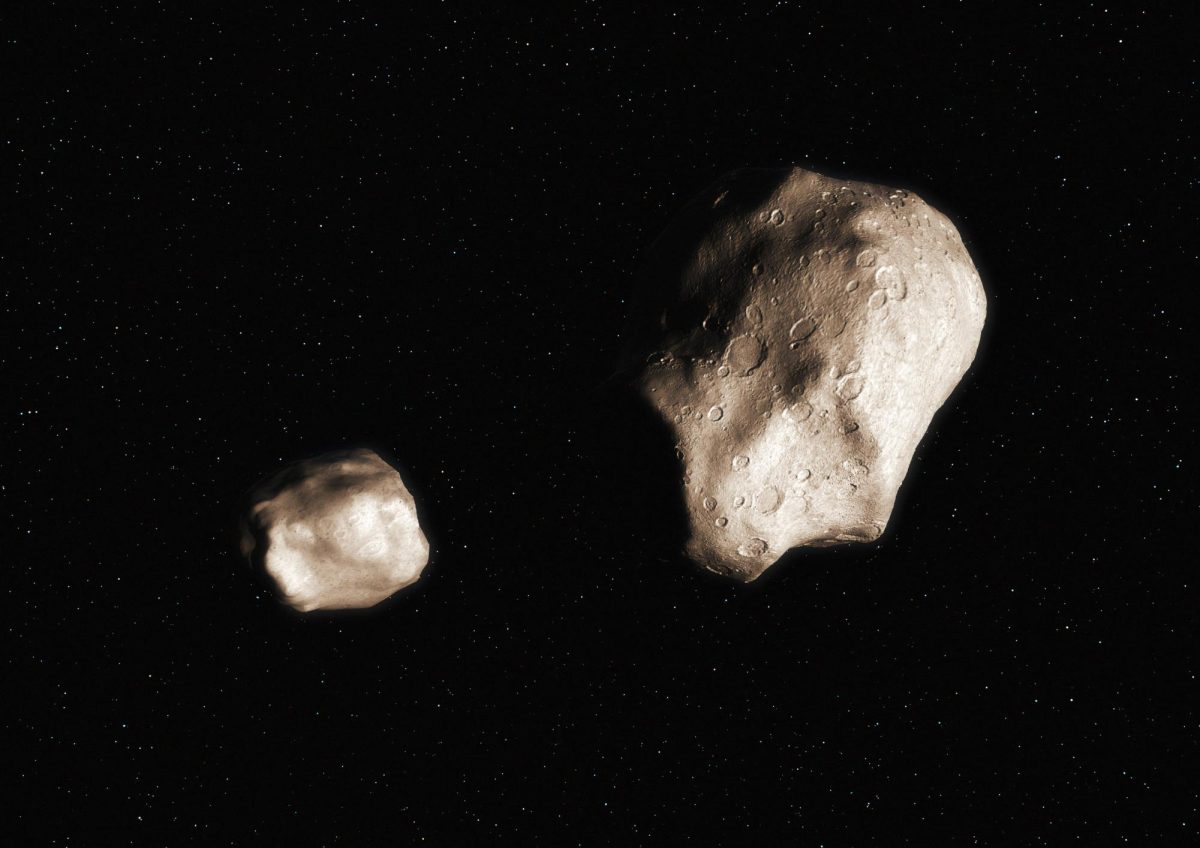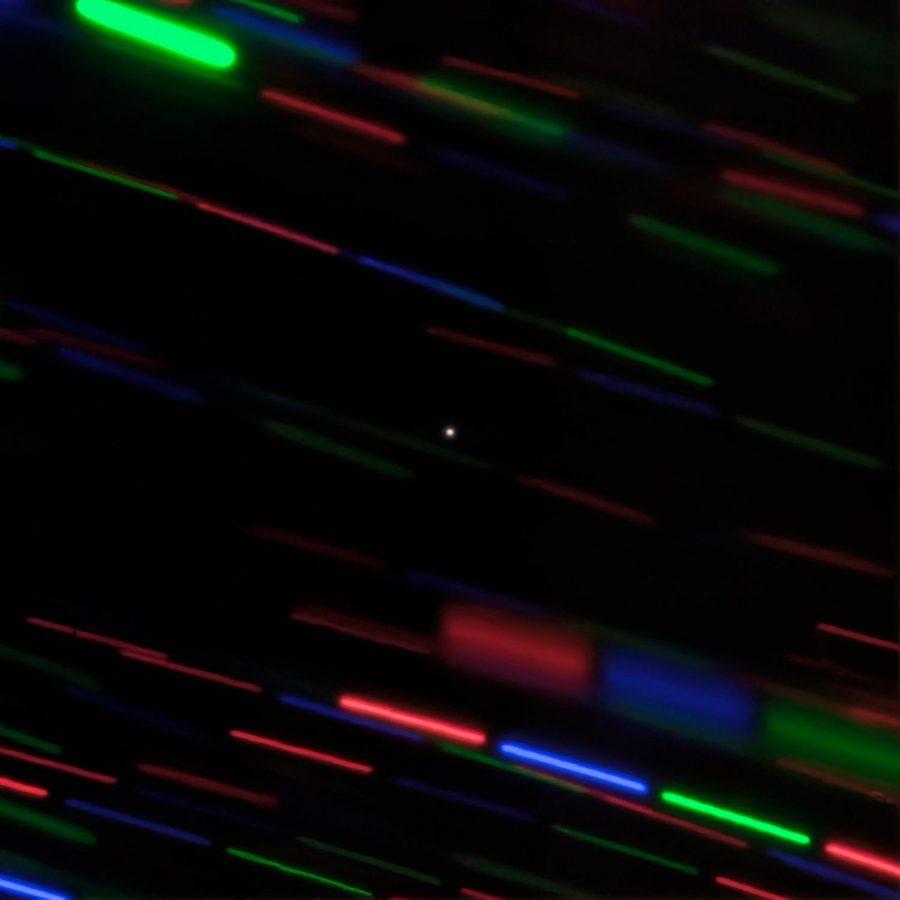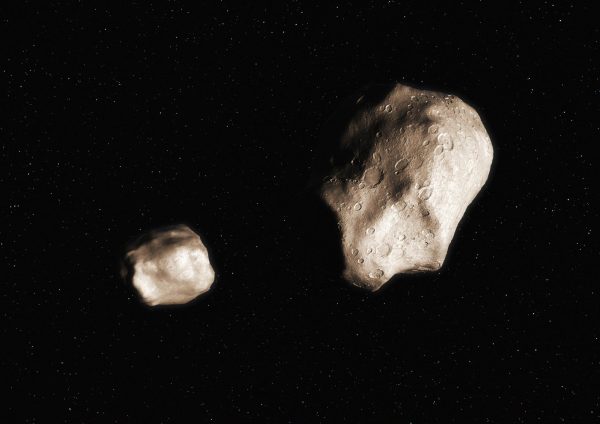Earth’s New Mini-Moon
A view of 2020 CD3 as seen from the Gemini Observatory in Hawaii. Gemini Observatory/NSF’s National Optical-Infrared Astronomy Research Laboratory/AURA/G. Fedorets
Earth has a new mini-moon: a car-sized asteroid has been discovered orbiting the globe on February 15, according to Smithsonian Magazine.
The mini-moon, which is officially named 2020 CD3, was discovered by two astronomers at the Catalina Sky Survey in Arizona. Astronomers were able to capture photos of 2020 CD3 with the help of advanced telescopes.
Earth’s new buddy, unfortunately, won’t stay for long. According to The New York Times, the moonlet will leave Earth’s orbit by April. “Unfortunately, we are catching this one on its way back out,” tells Bill Gray, who developed software that helped detect the mini-moon. “It’s getting fainter. Already, it’s faint enough that if the Catalina Sky Survey looked at it now, it wouldn’t see it.”
The asteroid’s orbit has been described as “chaotic”- the mini-moon is being tugged by both Earth’s and the moon’s gravity. The mini-moon, which is only about 6 to 11 feet across, may have entered Earth’s orbit up to three years ago, undetected, according to WTMJ-TV.

Although invisible to the naked eye, mini-moons are generally common. According to The New York Times, Earth likely has at least one two-foot wide at any given moment, and a rock the size of 2020 CD3 once every decade. Advances in telescope technology, like the in-construction Vera Rubin Observatory in Chile, will allow astronomers to see more of these little moons.
Despite the fact that Earth may have a mini-moon at any given moment, 2020 CD3 is only the second mini-moon discovered by astronomers. The previous mini-moon circled the globe through 2006 and 2007 before leaving Earth’s gravitational pull. That mini-moon, called 2006 RH120, is expected to visit Earth again in August 2028.

Analise is a senior at West Morris Central high school. During her junior year, she was a world news editor for The Paw. She has a passion for educating...
































